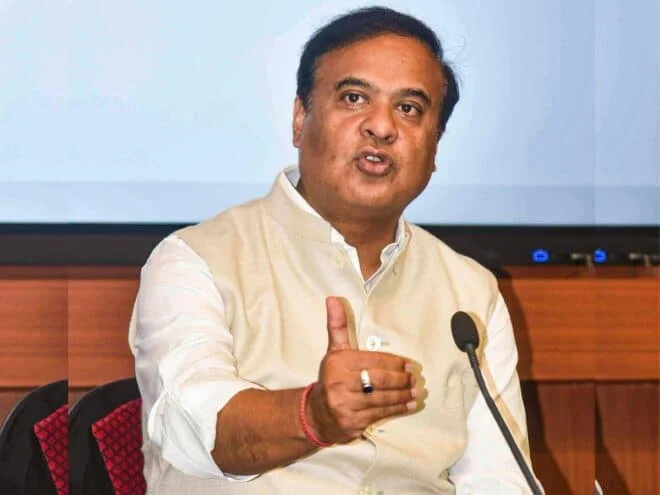Guwahati, July 21: Amid rising regional concern following China’s formal commencement of the world’s largest hydropower dam on the Brahmaputra River, Assam Chief Minister Dr. Himanta Biswa Sarma has sought to ease public anxiety by asserting that the river’s flow is not immediately threatened and that the matter is best left to the Central Government for scientific and diplomatic evaluation.
Speaking to reporters during a hospital inauguration in Guwahati on Monday, Sarma acknowledged the gravity of China’s construction project, which began over the weekend near the India-Tibet border. The dam, estimated to cost USD 167.8 billion, is being constructed on the Yarlung Tsangpo (the upper stream of the Brahmaputra) in Tibet’s Nyingchi City, just a few kilometres from Arunachal Pradesh.
However, Sarma emphasized that the Brahmaputra is a “mighty river” primarily sustained by rainfall and water inflow from Bhutan, Arunachal Pradesh, and Assam itself. “I am not immediately worried because Brahmaputra is not dependent on a single source of water,” he said.
He noted the existence of two contrasting scientific views regarding the impact of upstream river flow regulation—one fearing biodiversity loss due to reduced water, and the other suggesting that less water could actually help manage Assam’s chronic flood problem. “I don’t know which one is correct,” Sarma admitted, adding, “The Centre is better placed to assess the implications.”
The Chief Minister also expressed hope that New Delhi is already in contact with Beijing regarding the development. “I am sure the Government of India must already be engaging with China or will initiate discussions soon,” he said.
China’s massive dam project, which includes five cascade hydropower stations, has sparked widespread debate among experts and policymakers in India and Bangladesh, both of which lie downstream. Environmentalists and geopolitical analysts have expressed concern over potential water security risks and ecological impacts.

